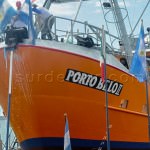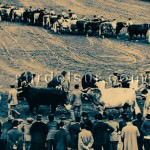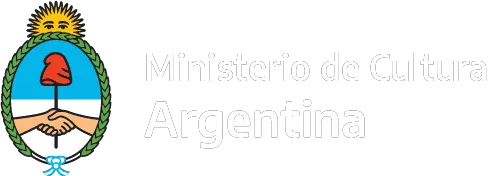The industrial activity in Argentina is going through a particularly difficult period marked by the rise in domestic costs, the fall in consumption, the inability to import inputs necessary to produce and lack of funding. Stagnated since 2012, the sector accounts for only 15.5% of the national economy.
Within the organization of industrial activity in the country, the Argentine Industrial Union (UIA), is one of the pillars of the sector. The UIA represents 115,000 establishments and 1,382,000 formal jobs in the country.
Despite the fall of 5% in the industrial sector in 2108, some items stood out with an increase in activity over 2107. Among the sectors that stood out for their growth in 2018, are beef refrigerators that grew 9.0% compared to 2017. This was the highest production of beef since 2009. The export was a record 550,503 tons, 78% more than in 2017, due to increased demand from China.
The following items in production increase in 2108 are: dairy products that increased 8.1%; the preparation of fruits, vegetables and legumes, 4.3%; the milling of cereals, 1.4%; and the elaboration of cold meats and sausages, 0.9%; and yerba mate, tea and coffee, 0.5%.
Origins of Industrial activity in Argentina
The industrial activity in Argentina began in the past century with some manufactures like wine in Cuyo, sugar in Tucumán, meat-salting factories in the province of Buenos Aires and weaving mills in Córdoba and Santiago del Estero.
The Process of Imports Replacement
When the First World War broke out, a need to replace imports arose, which benefited the paper, textile and wool industries. When the war ended, only some industries survived, such as leather and quebracho, cold storage plants and dairies, because the raw material was available and they had enough domestic market.
During the Second World War, there was a growth of the light industry in South America. The lack of iron and steel industries hampered the development of heavy industry.
Changes since 1944, some provinces encouraged the settlement of manufacturing companies in their territories with the purpose of: decentralizing the activities carried out in the province of Buenos Aires; fostering the industrialization of regional raw material; creating job opportunities; improving the living standards of disadvantaged areas, discouraging the internal migrations, etc.
Growth and recession were constant in the 1950s.
In the 1960s foreign capitals arrived; however, they did not plow back their profits in the country but engaged in financial speculation.
Distribution of industrial activity in Argentina
The distribution pattern of the industrial zones in the territory of Argentina has a strong concentration in the Parana-Plata riverfront which sets the Industrial Axis San Lorenzo-La Plata .
Elsewhere in the country the concentration occurs around large cities generating the industrial centers of Cordoba, Mendoza, Tucuman , and agro-industrial regional hubs such as Industrial Center of Río Negro Alto Valley .
Paraná and Plata Rivers Area
In this region, the ports worth mentioning are those of Buenos Aires, La Plata, Santa Fe and Rosario. A third of the total Argentine population lives here, which implies a large consumer market and also a largo source of job opportunities. This area is characterized by the availability of energy resources. For more information on this subject see the report on Mining and Power in Argentina
Petrochemical, textile, automobile, metallurgical, and iron and steel industries, dairies, poultry processing plants and flour mills generally settle in this area.
Industrial Center Area
In Córdoba there are important flour, milk, oil, automobile and mechanical industries. Bahía Blanca is characterized by petrochemicals and flour plants and Mar del Plata, by textile industries and fish processing plants. In Entre Ríos there are poultry and citrus fruits processing plants, dairies and cold storage plants.
Industrial Northeast Area
In the Industrial Northeast Area there are leather, paper, tobacco, yerba mate, tea, citrus fruits and rice processing industries, etc.
Industrial Northwest Area
In the Northwest processing industry and refining, Of Sugar, paper, and alcohol is highlighted. There are also mills and tobacco in the valleys of Salta and Jujuy Tucuman Pidemonte. The wine industries are in Salta; The steel complex is located in Palpalá with iron ore Zapla, Jujuy. And also oil refineries in Campo Duran, Salta.
Patagonia Industrial Area
In Patagonia you can find petroleum refineries, aluminum industries, wool-scouring establishments, and cold storage and fish processing plants. In Río Negro there are plants for fruit and vegetable preserves and producing cider and wines.
For more information on the other areas of production, see the report on Economic Activities in Argentina
Bibliografía:
- The industry already has the same weight in the GDP it had in 2001 (28 de abril de 2014). Diario Infobae
- Silvia Stang (06 de agosto de 2014) Concern to the industry, the fall in industrial activity. Diario La Nación.
- Carlos Manzoni and Luján Scarpinelli (07 de septiembre de 2014) Downhill: the domestic industry in a hard way. Diario La Nación.
- National Educational Map – Mining Production Map

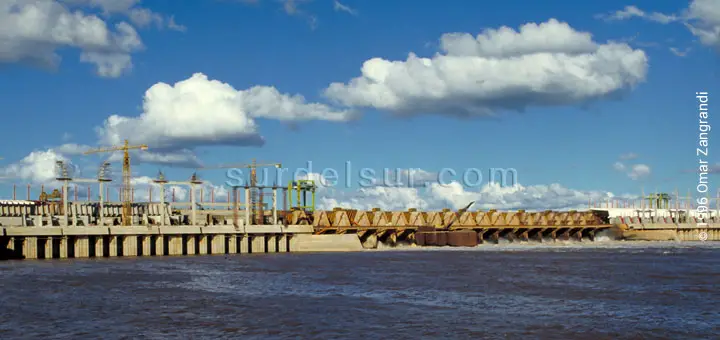
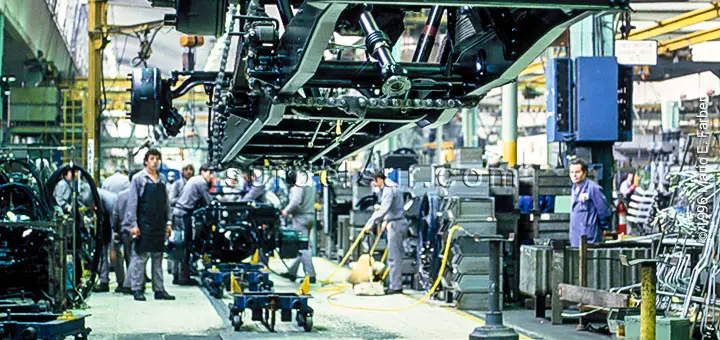
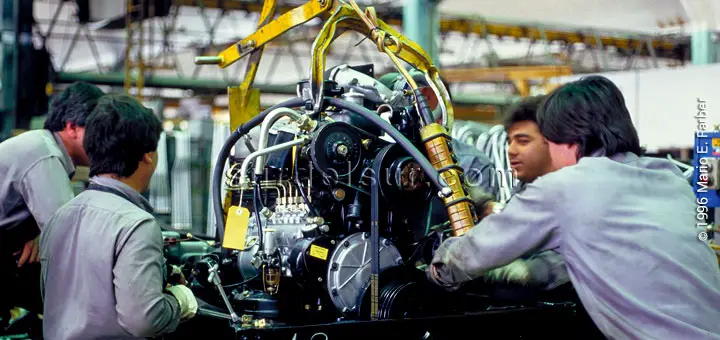
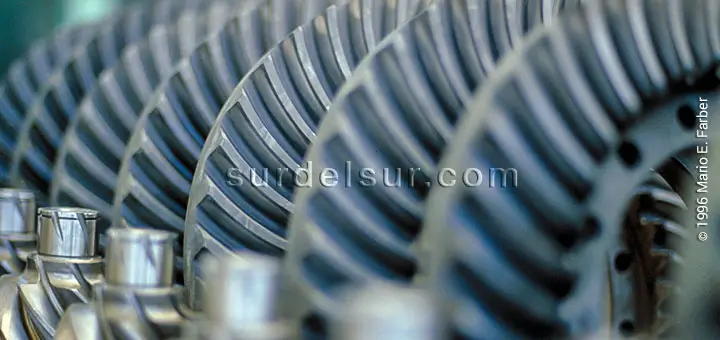
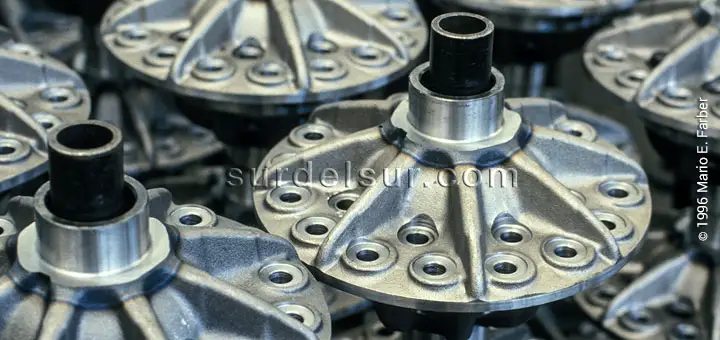
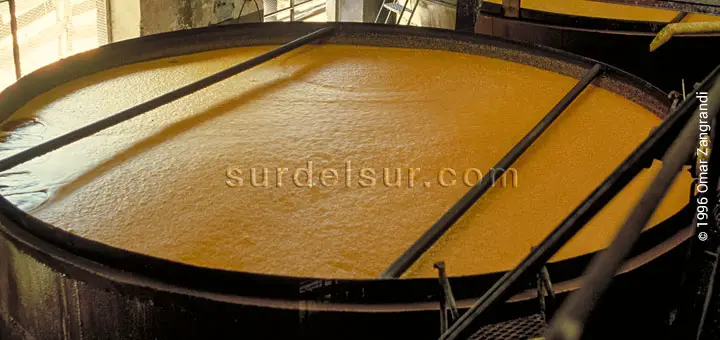


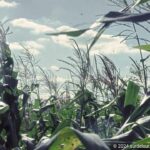
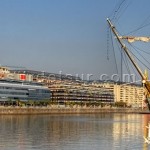
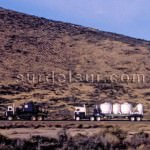
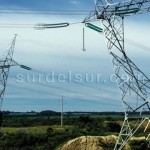
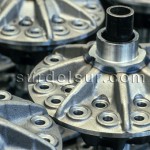
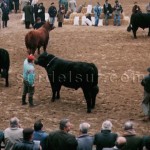
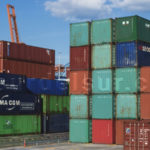
![Agriculture in Argentina: Crops, Productive Areas [2024] 15 Agriculture in Argentina: Crops, Productive areas](https://surdelsur.com/en/wp-content/uploads/sites/3/2015/03/agricultura-en-argentina-panorama-150x150.jpg)
